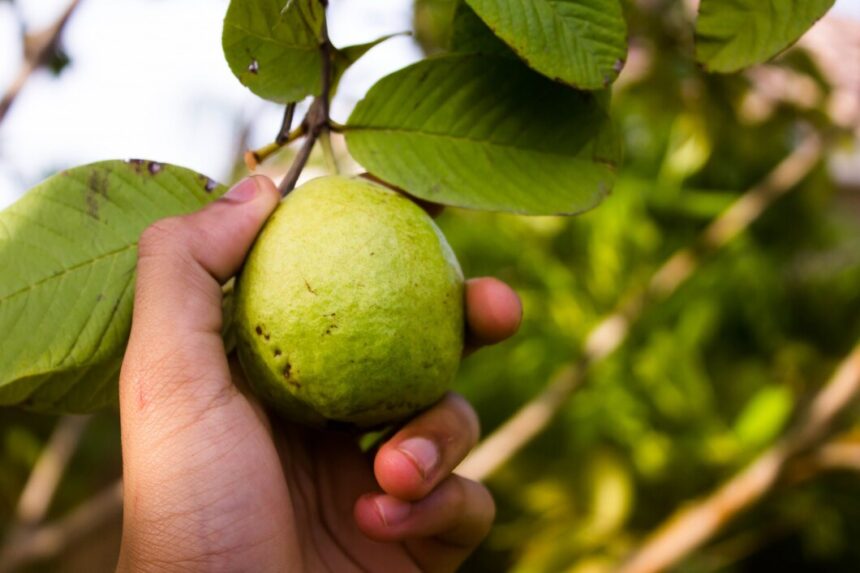Guavas are a popular fruit crop known for their delicious taste and numerous health benefits. However, like many plants, they are susceptible to various diseases, including wilt disease. Wilt disease, often caused by soil-borne pathogens like Fusarium or Verticillium, can significantly impact guava yield and plant health. Early detection is key to managing and mitigating the disease. Here are ten early signs that your guavas might be infected with wilt disease:
1. Leaf Wilting
One of the first visible signs of wilt disease is wilting leaves. The leaves may start to droop and appear limp, even though the soil is adequately moist. This wilting often starts at the lower branches and progresses upwards.
2. Yellowing Leaves
Infected guava plants may exhibit yellowing of the leaves. This yellowing often starts at the edges and moves inward. It may be accompanied by leaf drop, which can lead to significant defoliation if not addressed promptly.
3. Stunted Growth
Plants affected by wilt disease often show stunted growth. The infected guavas may fail to grow as vigorously as healthy plants, resulting in smaller and fewer fruits.
4. Brown or Black Streaks on Stems
Examine the stems and branches for brown or black streaks. These streaks can indicate vascular damage caused by the pathogen. The discoloration often starts from the base of the plant and moves upwards.
5. Reduced Fruit Production
Wilt disease can lead to reduced fruit production. Infected plants may produce fewer fruits or the fruits may be underdeveloped and of poor quality.
6. Wilting in Hot Weather
Wilt disease symptoms can become more pronounced during hot, dry weather. If you notice that your guava plants are wilting more severely during these conditions, it may be a sign of an underlying wilt disease.
7. Root Rot
Inspect the roots for signs of rot. Wilt pathogens can cause root rot, which may result in a foul smell and mushy texture. Healthy roots should be firm and white.
8. Leaf Drop
In advanced stages of wilt disease, leaves may begin to drop off. This can be a result of severe vascular damage or stress caused by the disease.
9. Uneven Growth
Wilt disease can cause uneven growth patterns in guava plants. You may observe some branches growing normally while others appear stunted or affected.
10. Darkening of Vascular Tissue
When you cut into the stem or branch of an infected guava plant, you may notice darkened vascular tissue. This darkening is a sign of internal damage caused by the disease.
Management and Prevention
If you notice any of these signs in your guava plants, it’s crucial to take action promptly. Here are some management strategies:
- Improve Soil Drainage: Ensure that the soil has good drainage to prevent waterlogging, which can exacerbate wilt disease.
- Use Resistant Varieties: Planting disease-resistant guava varieties can help prevent wilt disease.
- Practice Crop Rotation: Rotate guavas with non-host crops to reduce soil-borne pathogens.
- Remove Infected Plants: If possible, remove and destroy infected plants to prevent the spread of the disease.
- Apply Fungicides: In some cases, fungicides may help control the disease. Consult with a local agricultural extension service for recommendations.
By staying vigilant and addressing early symptoms of wilt disease, you can protect your guava plants and ensure a healthy and productive crop.
Join 'Farmers Mag' WhatsApp Channel
Get the latest Farming news and tips delivered straight to your WhatsApp
CLICK HERE TO JOIN






